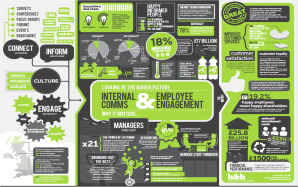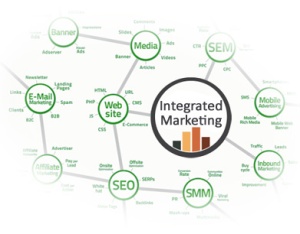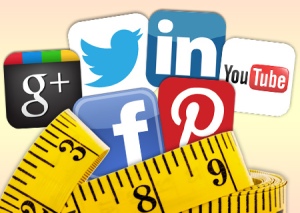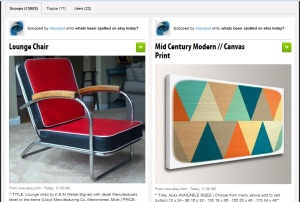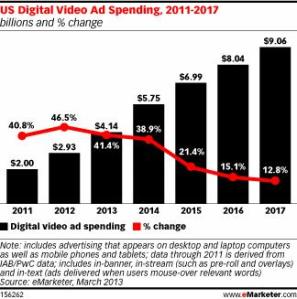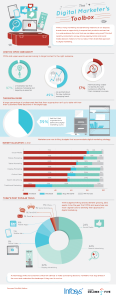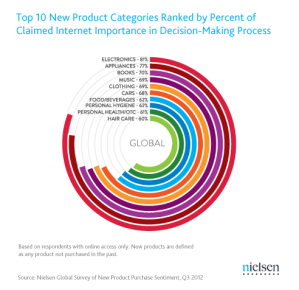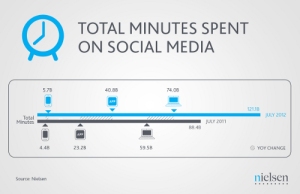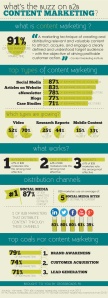Altimeter Group principal analyst, Brian Solis, recently wrote about “The Problem with Employment Engagement.” He looks at it from the technology disruption and leadership angles. There is impact from an integrated marketing communications (IMC) perspective as well.
The research and stats he cites from Gallup and Deloitte are staggering. Gallup found “only 13% of employees around the world are actively engaged at work, and more than twice that number are completely disengaged, toxic, and at risk of spreading negativity to others” that’s atrocious for companies. The Gallup and Deloitte findings should be a major concern for companies. Employees are every company’s first and foremost brand advocates. If a company’s employees are disengaged are they advocating the brand? – No.
Internal/employee communications is often left out or an afterthought in a company’s IMC strategies and programs. Companies can’t ignore this incredibly import constituency. It is critical that companies and CMOs/VPs of marketing increase the priority and efforts on internal communication and employee engagement. Companies need to keep employees informed and engage with them; foster these important contributors and brand advocates.
There are multiple benefits of proper and good internal communications that any exec suite will like: improved performance, higher morale, lower employee turnover, etc. Also, employees become more vocal brand advocates. And guess what??? All of these improve a company’s bottom line! Companies that don’t place a priority on internal communication will face higher employee turnover, lower productive and morale. Companies that get it will have the better talent and continue to thrive.
To illustration the point here is a great infographic from H&H Comms:
Infographic retrieved from: http://www.engageforsuccess.org/infographic-internal-communications-and-employee-engagement/#.U-T5XpWBHIU
